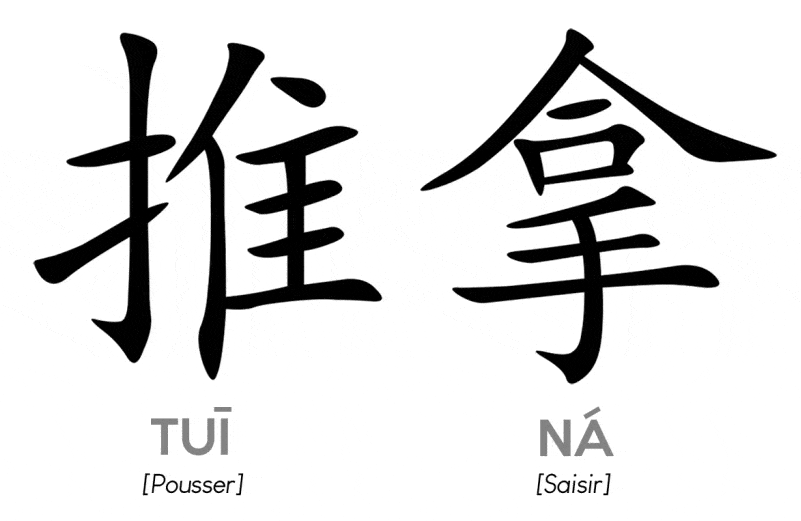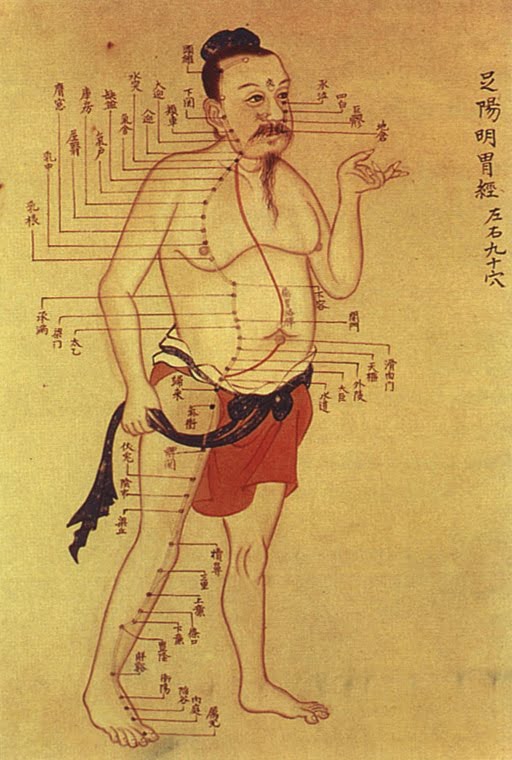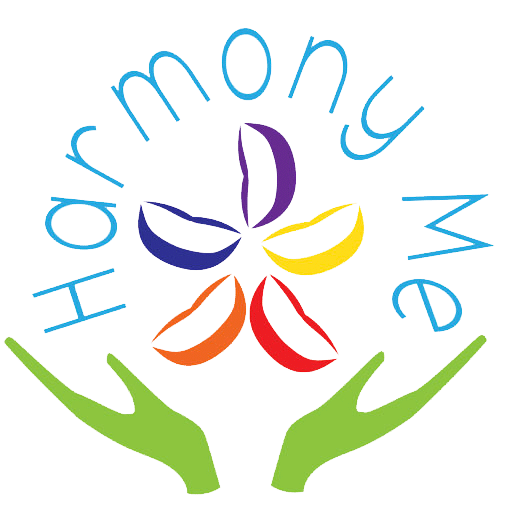
Tui Na
What is the Tui Na?

The Chinese notion Tui Na is composed of two ideograms:
- 推 Tuī «Push»
- 拿 Ná "Enter"
interpreted or translated by massage

a manual technique
Tui Na is one of the 5 branches of traditional Chinese medicine (TCM) with acupuncture, herbalism, nutrition, and energy exercises (Qi Gong).
It is a manual massage technique used throughout China, based on the knowledge of meridians and acupuncture points to act directly on the vital energy (Qi) by dispersing it (to calm), or toning it (to stimulate a function).
a prevention tool
The Tui Na uses friction, kneading, digito pressures, of various intensity or strength and in specific places of the body in order to rebalance and circulate the vital energy. There is a difference between the softer Tui Na of the North and the Tui Na of the South.
Tui Na is an exceptional tool for prevention and treatment or in addition to medical treatment.
It can relieve all our small ailments without medication: fever, cough, digestive problems, diarrhea.
a dynamic massage
Tui Na differs from Western massage techniques. Its energetic concept is based on the harmonization of Chi (vital energy). The practitioner chooses among techniques that combine “gestures” of pushing, rubbing, kneading, gripping-winding, and performs them with a particular force as needed.
The massages are usually performed with his upper limbs (fingers, thumb, middle finger, palm, base or slice of the hand, hand, wrist, forearm or elbow), but sometimes his knees, feet or even his skull are used. There is a specific therapeutic Tui Na for babies.
Tui Na is one of the branches of Chinese medicine designed to harmonize vital energy, Qi.
The tui na,
A therapeutic modality
Tui Na is primarily therapeutic. Prescribed following an energy balance
by a doctor of Chinese medicine, it relieves many common ailments:
Common cold
Headache
Nervousness
Digestion problems
Joint pain
Tui Na also eliminates blockages and stimulates the body’s self-healing abilities.
It promotes blood and lymphatic circulation.
Tui Na can also be used simply as a relaxing massage
or for “energy harmonization”,
And this is why I include it in my practices, most often at the end of the session, to remove residual tensions in the neck, shoulders, upper and lower back, or in the limbs.
your questions
Is it true that Tui Na is painful?
Indeed there can be vigorous or strong massages that can be painful or uncomfortable during therapeutic massages in particular . This is sometimes necessary to tone a muscle or an energy point so the practitioner must be able to communicate and the recipient to whom it is recommended to tell his feelings.
I mostly use Tui Na at the end of the session to allow my client to evacuate superficial tensions, most often located in the neck, shoulders, upper or lower back and limbs.
Are there any contraindications to receive a Tui Na?
- Poor health in general.
- Fever
- Recent skin problems, dermatosis, wounds or scars.
- Recent surgery
- Inflammation of the joints,
- Infectious disease,
- Diseases related to bones and
- skeletal.
- Phlebitis,
- Heart problems
Do you use creams or oils for Tui Na?
Tui Na is normally practiced on the person dressed, through the garment, or by putting a fabric on the massaged part.
It is possible for some deep massages to use a cream or oil. If you have allergies, I recommend bringing your own products.
